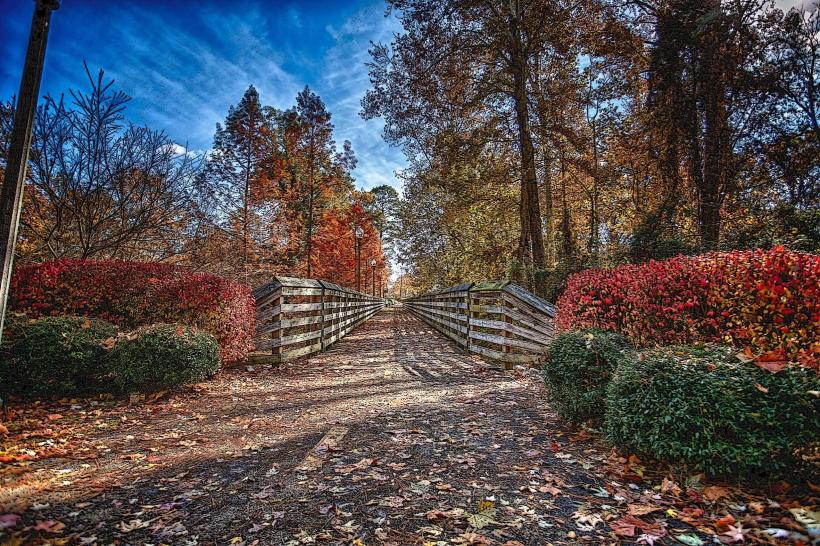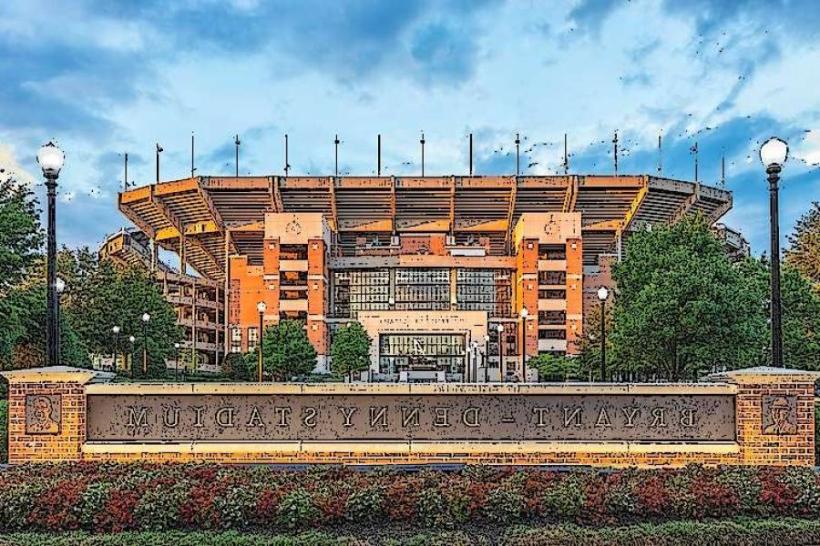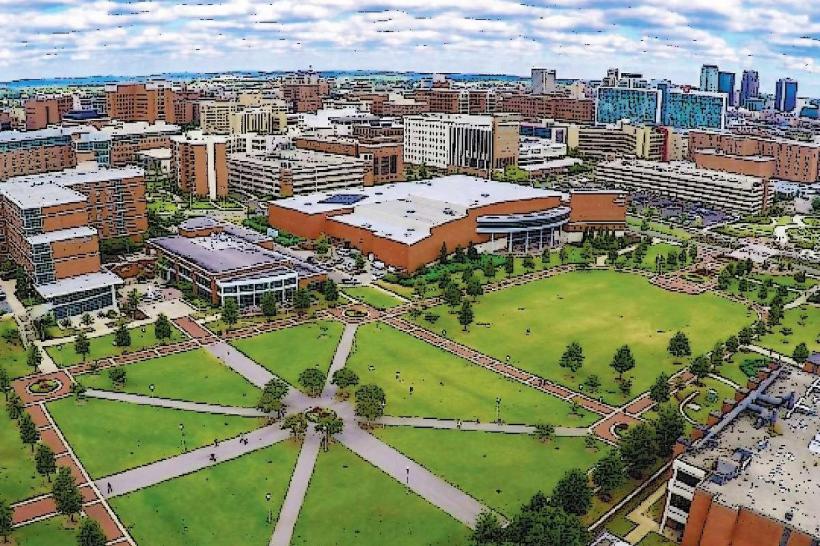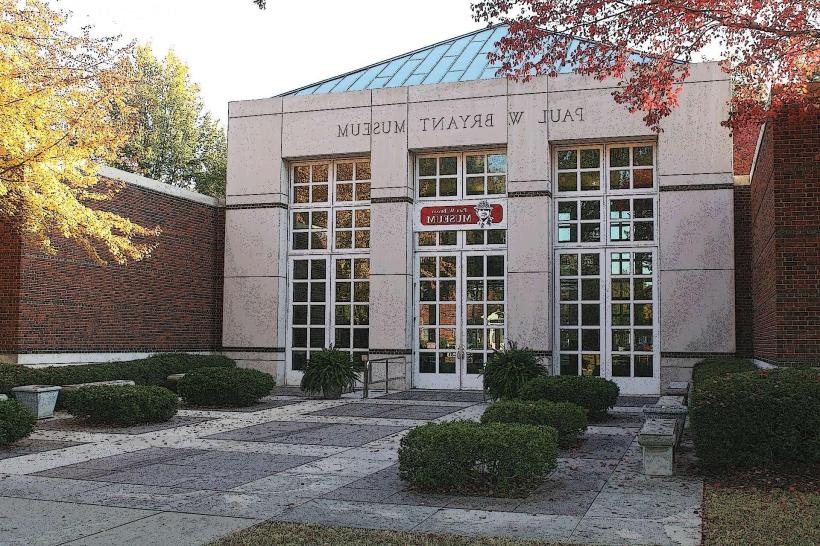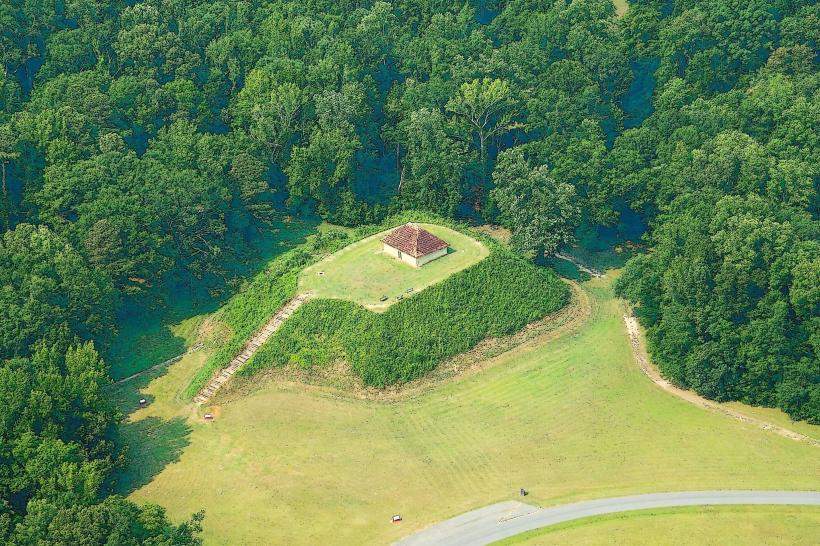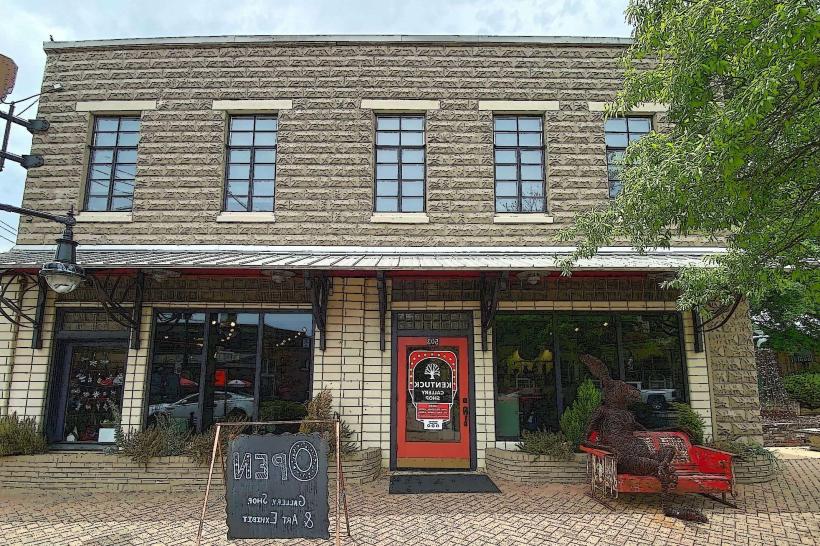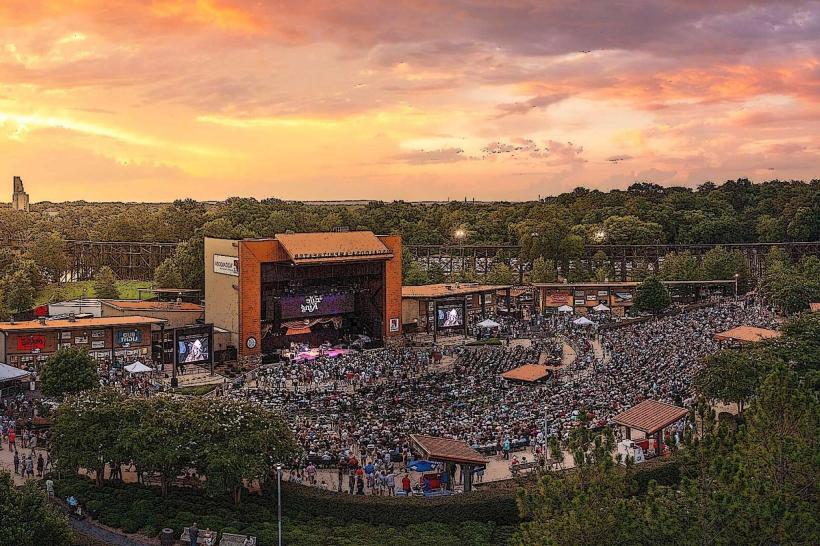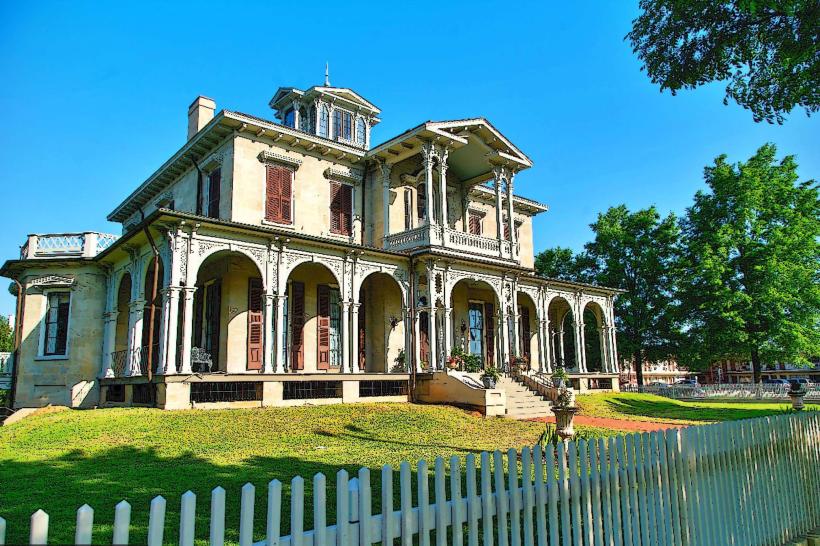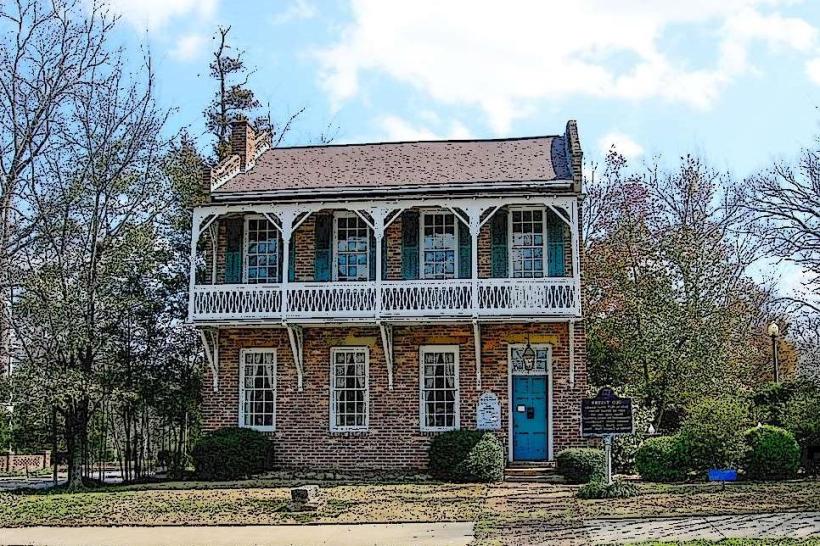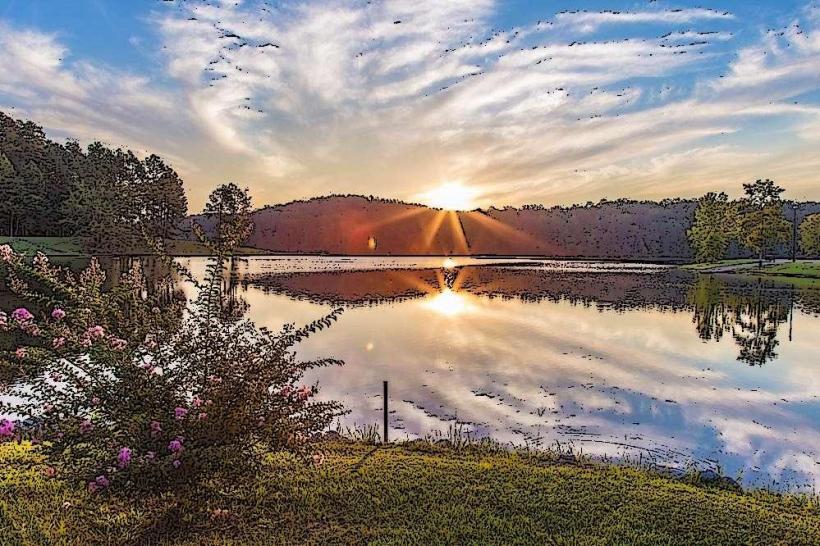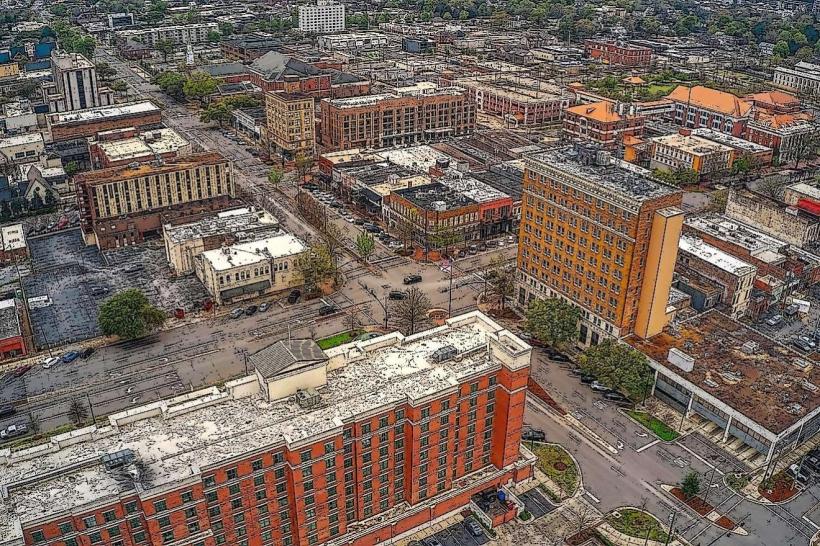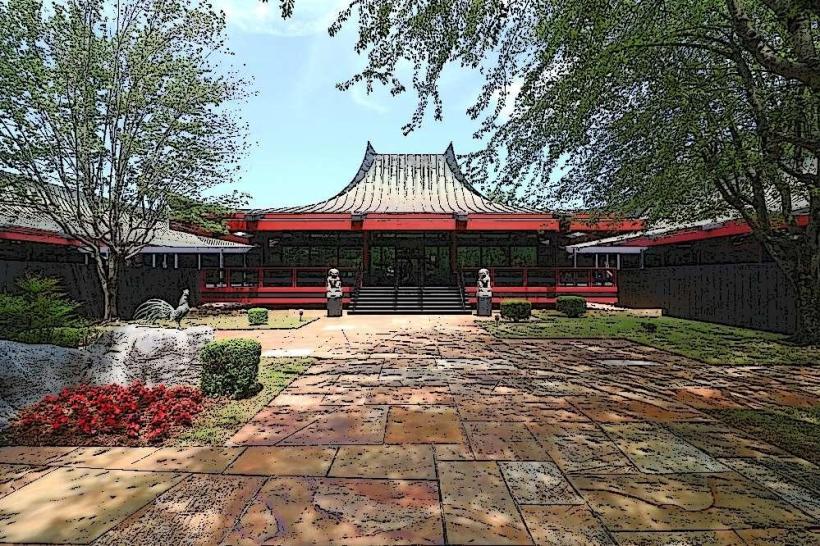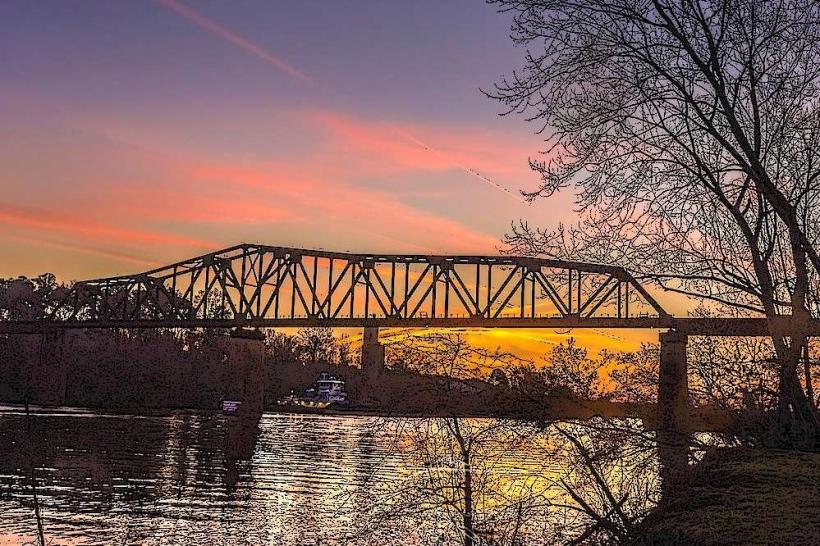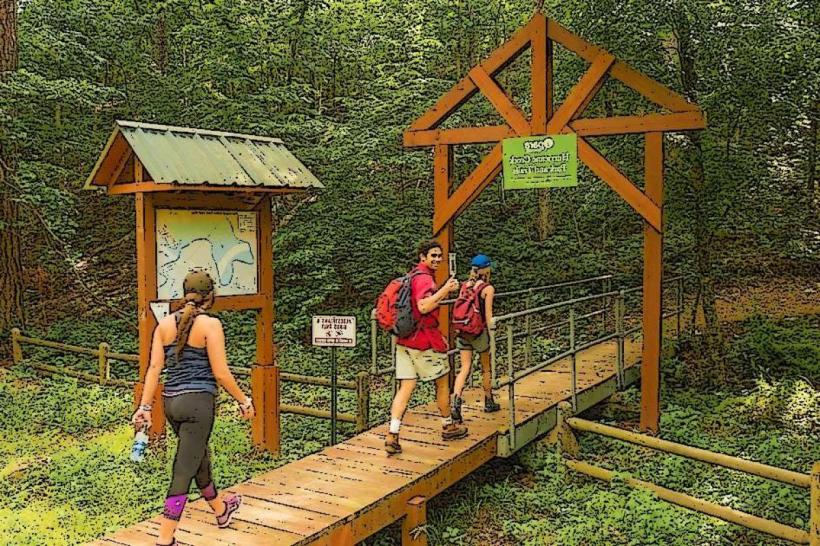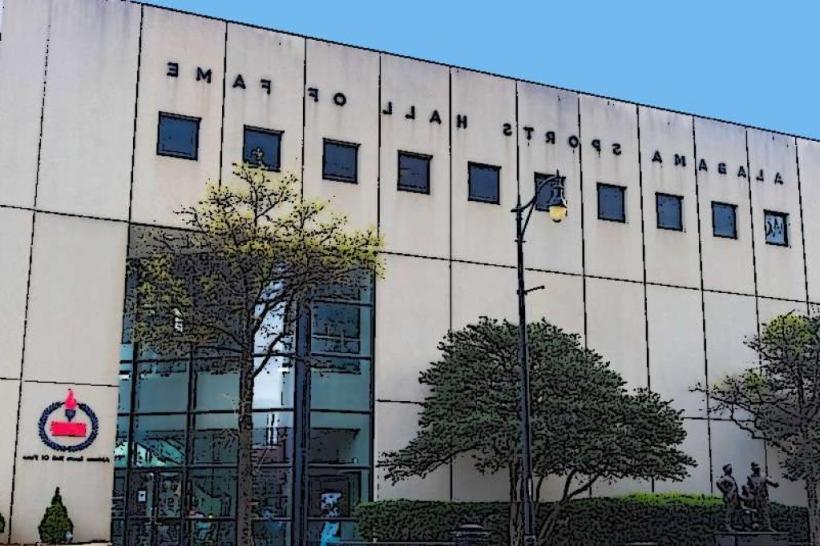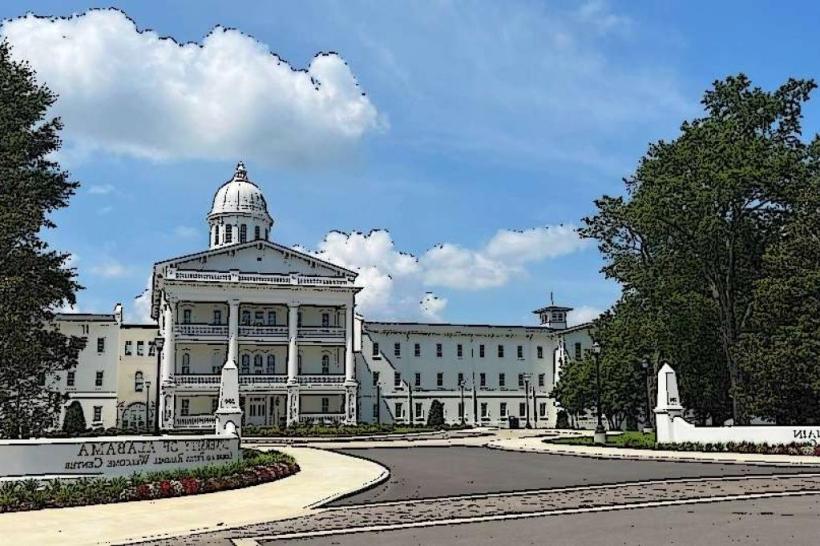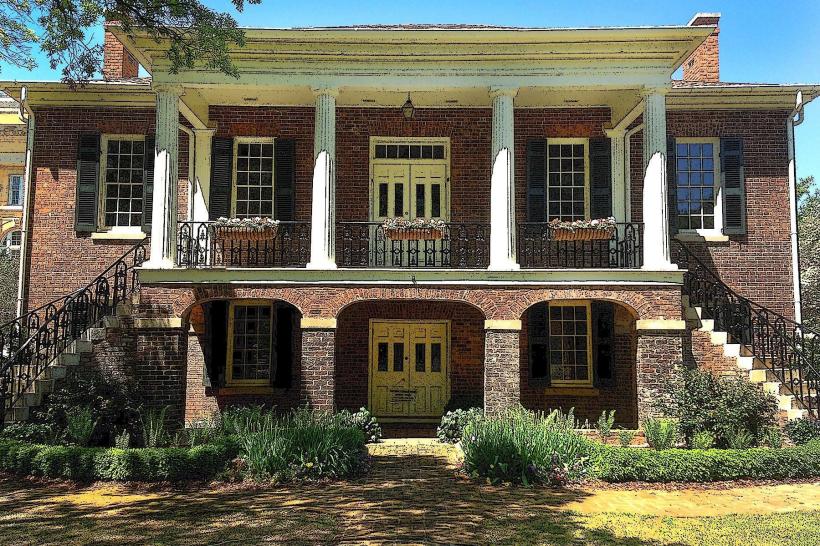Information
Landmark: Tuscaloosa Northport Historic DistrictCity: Tuscaloosa
Country: USA Alabama
Continent: North America
Tuscaloosa Northport Historic District, Tuscaloosa, USA Alabama, North America
The Northport Historic District is one of the most charming and historically rich areas of Tuscaloosa County, Alabama. Located just across the Black Warrior River from downtown Tuscaloosa, it preserves the character of a Southern riverfront town that once served as an important commercial hub for the region. Today, it blends historic preservation with a vibrant cultural scene, making it a favorite for both visitors and locals.
History:
The origins of Northport date back to the early 19th century, when river transport was the lifeblood of the region’s economy. Its location along the Black Warrior River made it a natural spot for warehouses, shipping points, and trading posts. Over time, the town developed a distinct identity from Tuscaloosa, with businesses, churches, and residences forming a self-sufficient community. The Northport Historic District reflects the prosperity of the 19th and early 20th centuries, with many buildings constructed between the 1820s and the 1930s.
Layout and Architecture:
The district includes several blocks of well-preserved structures, many built in brick with simple but elegant detailing. Architectural styles range from late Federal and Greek Revival to Victorian commercial storefronts and early 20th-century vernacular designs. Key elements include:
Two-story brick commercial buildings with large display windows and recessed entrances.
Historic churches that reflect the town’s community-centered life.
Residential streets nearby with preserved wooden homes and cottages, many shaded by large Southern trees.
Highlights:
Downtown Northport: A charming stretch of shops, galleries, and restaurants housed in historic buildings.
Kentuck Art Center: An anchor of the district, dedicated to folk art and contemporary craft, and the organizer of the renowned Kentuck Festival of the Arts.
The Black Warrior Riverfront: Views and walking areas that connect the district’s heritage to its natural setting.
Seasonal Festivals: Events often bring life to the historic streets, celebrating both tradition and creativity.
Cultural Significance:
Northport has become especially known for its art community. The Kentuck Art Center and its associated festival have drawn national recognition, making the district not just a place of history but also of living cultural expression. The district demonstrates how a historic river town can reinvent itself as a center for creativity without losing its roots.
Visitor Experience:
Exploring the district is best done on foot, with leisurely strolls past storefronts, art studios, and cafes. The area’s compact size makes it walkable, while its location next to Tuscaloosa allows easy access. Visitors can enjoy antiques shopping, local dining, and art exhibits, all within the preserved historic setting.
Preservation and Sustainability:
The Northport Historic District is listed on the National Register of Historic Places, which has helped secure funding and awareness for preservation. Efforts are made to maintain the historic façades while encouraging adaptive reuse of the buildings for modern needs, ensuring the area remains both economically vibrant and historically intact.
Visitor Tips:
Allow time to explore the art galleries and studios, especially at the Kentuck Art Center.
Combine a visit with a meal at one of the locally owned restaurants to experience regional Southern cuisine.
The Kentuck Festival in October is the best time to see the district alive with artists, performers, and craftspeople.
Parking is generally easy, but weekends can be busier during events.
The Northport Historic District offers a blend of heritage, community spirit, and creative energy, capturing the essence of small-town Alabama while maintaining a strong connection to Tuscaloosa’s broader cultural landscape.

